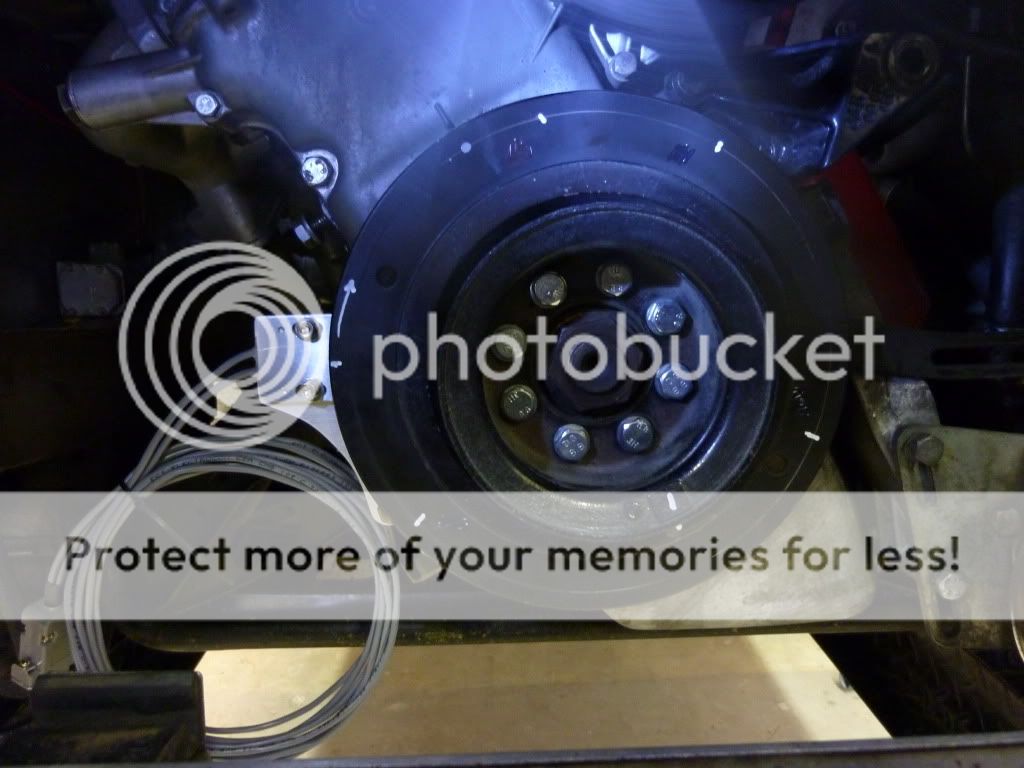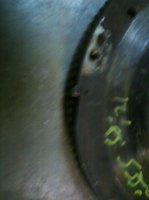Hi Don
Thanks for the picture. That is exactly what I was trying to describe by the wedge followed by the trigger block. Don't you agree that BMW found that both the wedge AND the trigger Block were needed to reliably trigger the TDC sensor?
Today, I duplicated this exact same set-up on my new flywheel on a milling machine. But, since I didn't want to have to go back out and have the flywheel balanced, I thought I'd just cut a second wedge out of the flywheel at 180 degrees apart. While I was milling that one, I had a thought that made me stop right then. What if just the wedge alone is already enough to trigger the sensor (maybe not always and maybe not consistently, but maybe this is why BMW added the slightly taller trigger block after the wedge, so that the "step" that the hall sensor "sees" is big enough....). In that first case, I have just created a useless flywheel that is balanced but now has two TDC triggers for every revolution of the crank. Not good....
Does my thinking make sense to anyone? Does anybody know how this set-up/ sensor works for sure and has anybody modified the lighter flywheels for motronic 1.0 use?
I'm now trying to decide whether I need to fill in my second wedge cut-out again and get the flywheel balanced or whether the second which will definitely NOT, by itself, trigger the TDC sensor.
Thanks for the other suggestions too, but that really doesn't apply to my problem right now. If and when I experiment further with a motronic 1.3 set-up and sens I will just mount the stock trigger and sensor at the front of the engine....
Thanks for hanging in there with me and your ideas....



